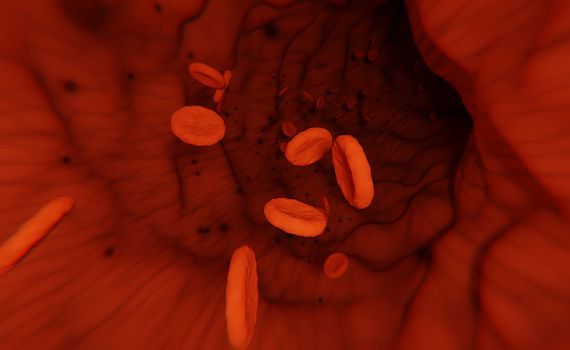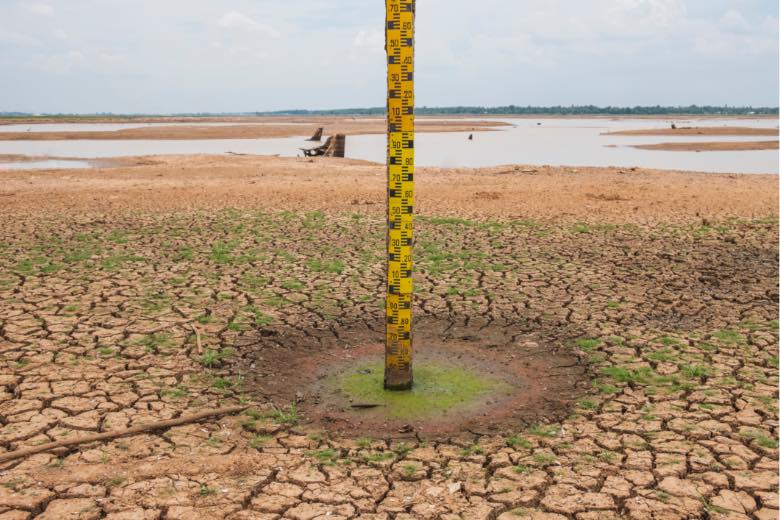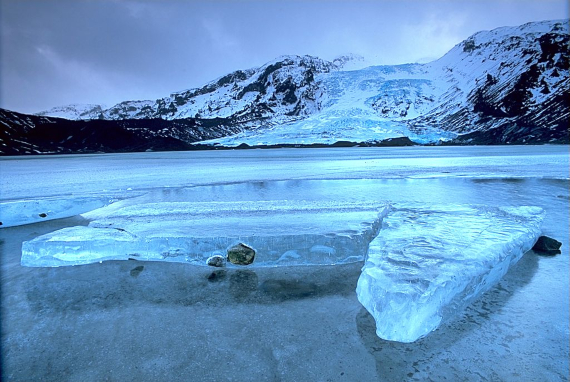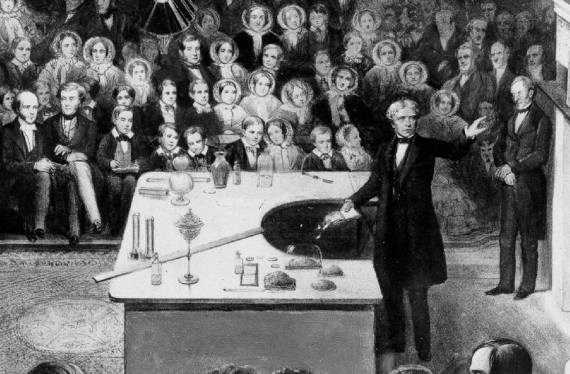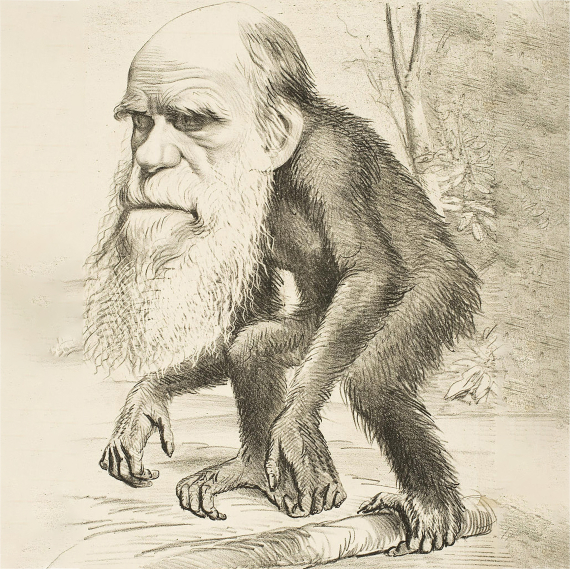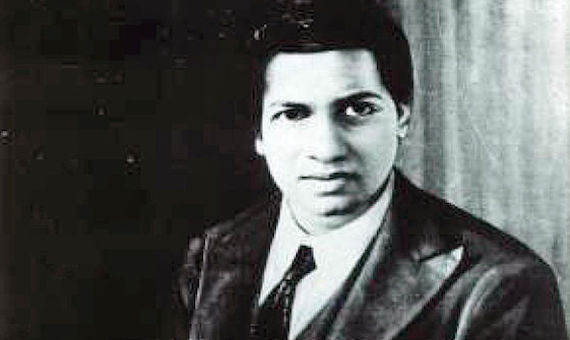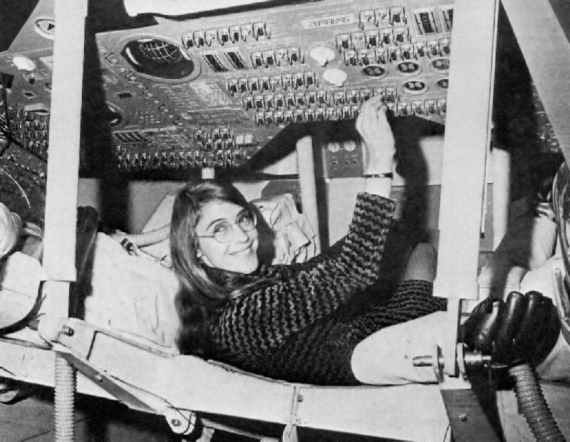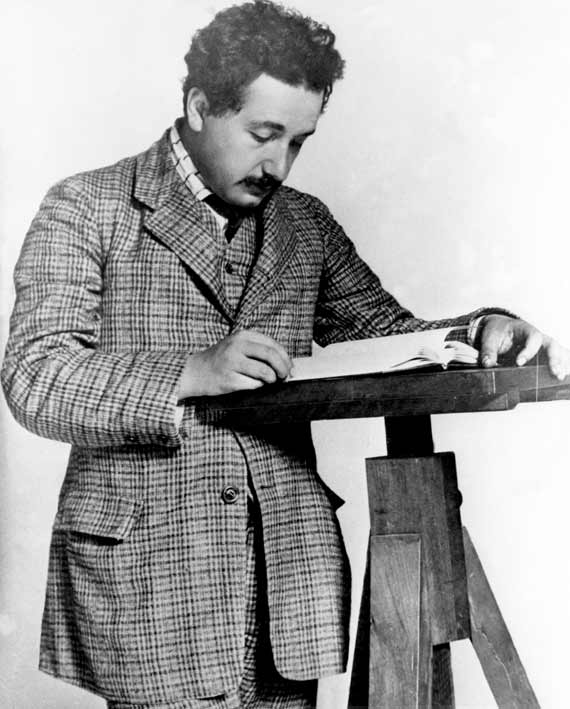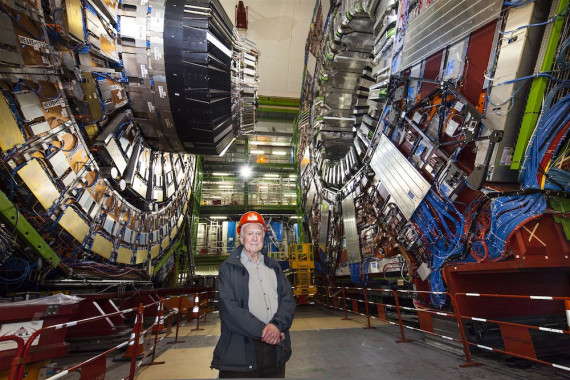In this fun and educational video animation series we present key moments in the history of science. How did the great discoveries that have allowed scientific development occur? Who are the great names of science and how did they achieve their intellectual achievements? Newton, Einstein, Ramanujan, Vera Rubin, and Darwin changed the world and thanks to them we can now better understand their work and develop new findings.
Learn how the most amazing events of the history of science occurred!
PERIODS66 million years
The Extinction of the Dinosaurs
When a cosmic object collided against planet Earth, it would unleash a series of catastrophic events leading to the mass extinction of creatures that at that time reigned on its surface, the reptiles, which we know today as dinosaurs.
1628
Miguel Servet, William Harvey and the Mystery of Blood Circulation
In the past, dissecting a human body was punishable by death; however, curiosity led us to discover how blood actually travels through the body.
1676
Leeuwenhoek and Microscopic Life
Using his homemade microscopes with lens combinations, Anton van Leeuwenhoek discovered red blood cells and was the first person to see a spermatozoon wagging its tail.
1687
Newton and the Equations of Nature
We all know Isaac Newton for something that he never did: discovering gravity when an apple fell on his head and woke him up from a nap under a tree. But it was he himself who fed the legend.
1772
Antoine Lavoisier and the Origin of Modern Chemistry
Antoine de Lavoisier succeeded in showing that matter was made up of sets of elements, which discarded the 2,000 year old Aristotelian theory.
1796
Edward Jenner and The Origin of Vaccines
Relive the story that led Jenner to launch the world's first intensive vaccination campaign, culminating in 1979 with the eradication of smallpox, history´s deadliest infectious disease.
1807
1824
The Discovery of Climate Change
Extreme weather events are now more frequent and severe than ever. Floods, fires, heatwaves, or cold snaps get a lot of media attention, and climate scientists are starting to make increasingly direct and public statements about the risks for society. But the science behind what we’re seeing now has been known for 200 years. Do you want to know how climate change was discovered?
1831
Michael Faraday and the Electric Spark
"What is that for?" Wondered the audience at the talk in which Faraday demonstrated his discovery, electromagnetic induction, in 1831. Find out what happened next here.
1834
Alexander von Humboldt and the Discovery of Climate Change
The German explorer and naturalist Alexander von Humboldt was one of the first voices to stand up against the dangers that human-induced climate change could end up having on the planet.
1859
Charles Darwin and Evolution
When Charles Darwin published The Origin of Species he was harshly attacked and ridiculed by creationists. However, he never said that human beings descended from apes nor did he invent evolution.
1898
The Curies´ Greatest Hit
The first person in history to accomplish the feat of twice receiving a Nobel Prize was the Polish scientist Marie Curie (November 7th, 1867- July 4th, 1934), first awarded the prize in Physics and, later, in Chemistry. What few people know is that she came close to not receiving the first of these awards.
1905
Albert Einstein and The Photoelectric Effect
Everybody knows Albert Einstein, but few know the story about how he won the Nobel Prize for his explanation of the photoelectric effect.
1913
Ramanujan and the Number π
Ramanujan is a mathematical intuition icon. His case is a spectacular example of how mathematical language is inscribed in the human brain. In the same manner that Mozart visualized music, this young Indian had the ability to bring forth mathematical formulas with which he tried to explain the world.
1938
Lise Meitner and Nuclear Fission
Austrian physicist Lise Meitner is the most obvious case of a scientific discovery made by a woman and ignored by the Nobel Prize committee. It was she who realized in 1938 that nuclear fission had been produced in experiments carried out by her colleagues in the laboratory.
1953
Watson, Crick and the Discovery of DNA
For years, several researchers had observed that in the nucleus of our cells was a substance called DNA that contained all our genetic information and that it was composed of only four elements: adenine, thymine, cytosine and guanine. How was it possible that the book of life was written with only 4 letters?
1955
Charles Caverly, Jonas Salk, Albert Sabin... This is How We Beat Polio
After a series of outbreaks at the end of the 19th century, beginning of the 20th, of a mysterious epidemic that preyed on the young, research and awareness worked together to eradicate this contagious disease.
1962
Rachel Carson and the Origin of Scientific Environmentalism
American biologist Rachel Carson (May 1907-April 1964) inspired the rise in environmental awareness in American society after her book ‘Silent Spring’, which warned about the negative effect that the use of pesticides had on ecosystems, became a bestseller.
1963
Edward O. Wilson and Island Biodiversity
American biologist Edward O. Wilson´s landmark experiment in the 1960s allowed him to show why life flourishes on some islands and not on others. These principles of island biogeography are valid for all types of isolated ecosystems, and inspired the creation of natural corridors—a key discovery helping to save several species from extinction.
1969
Margaret Hamilton and the Arrival to the Moon
Thanks to mathematics, programmer Margaret Hamilton anticipated a possible disaster and secured the Apollo 11 moon landing.
1970
Vera Rubin and Dark Matter
Vera Rubin was the only woman to graduate in astronomy from Vassar College in 1948. She was the first to discover evidence of the existence of dark matter.
1985
The Discovery of the Ozone Hole
The thin band of the stratosphere that protects living things on Earth from harmful ultraviolet rays from the Sun was discovered over a century ago. This is the eventful story of the ozone layer, in which we humans opened a dangerous hole. Are we managing to fix it?
1919
The Eclipse That Proved Einstein Was Right
In May 1919, British astronomer Arthur Eddington organised an expedition with the Astronomer Royal, Frank Dyson, to observe a total solar eclipse and put Einstein’s new theory of general relativity to the test.
1986
Rita Levi-Montalcini and the secret of neuronal growth
Rita Levi-Montalcini was a student when she saw the intricate neurons for the first time and committed to unravel the secrets of their growth. In our brains, neurons multiply and make us unique. But how? Nobody knew. She built her research career around that question, during World War II, and overcame what in her country and time were two monumental obstacles—being a woman and a Jew. And she not only solved that mistery, she won a Nobel Prize for the discovery of the first growth factor.
1990-2001
The Genome Race
Whole genome sequencing is an essential tool in today´s research of rare diseases and the treatment of others such as cancer.
2012
The Higgs Boson and the Origin of Mass
We are in 2012, near Geneva. Two beams of protons are travelling in opposite directions through the 27-kilometre ring of the largest machine ever built. The aim is to make them collide at almost the speed of light to observe an elusive particle that scientists have been looking for nearly 50 years. Do you know which particle it is?


